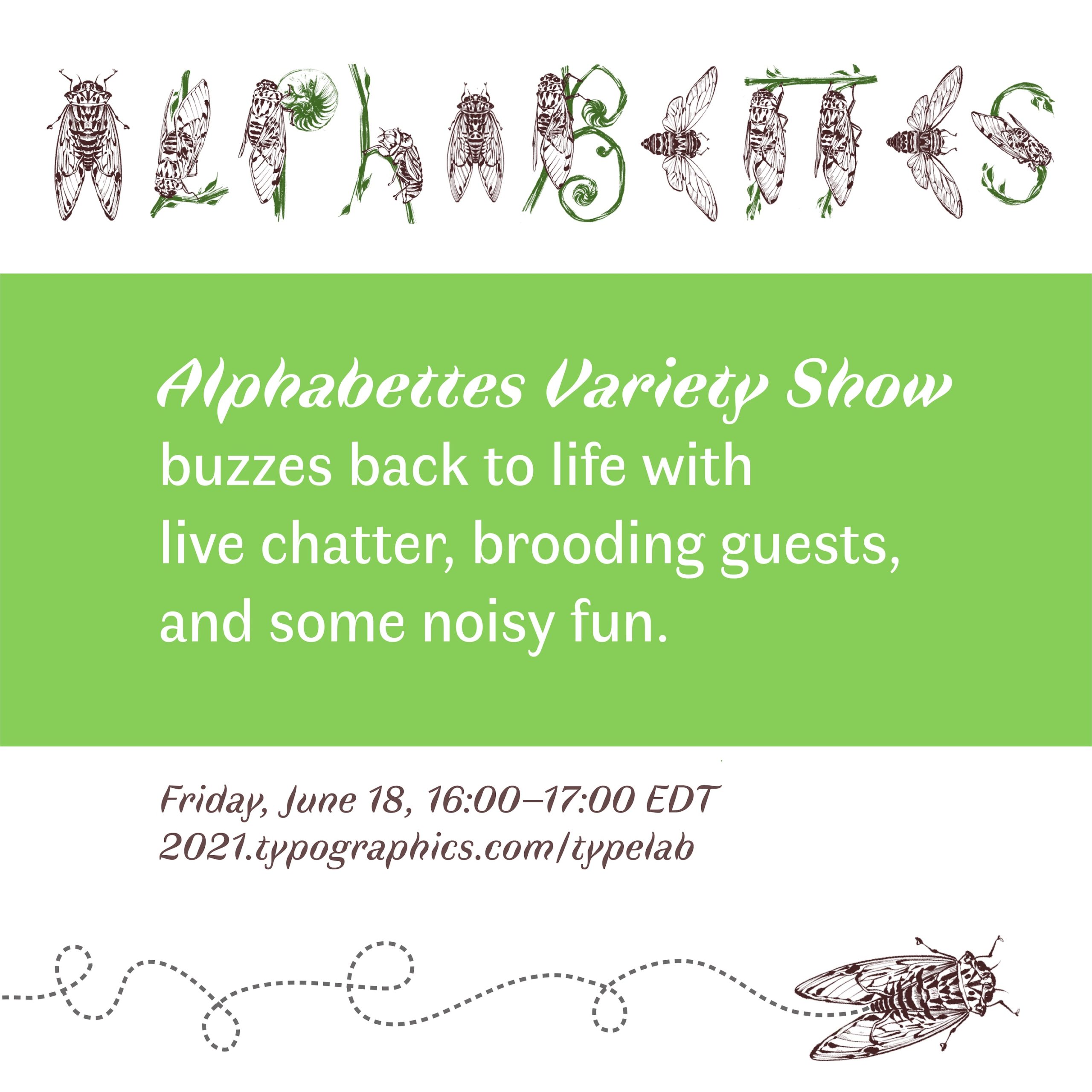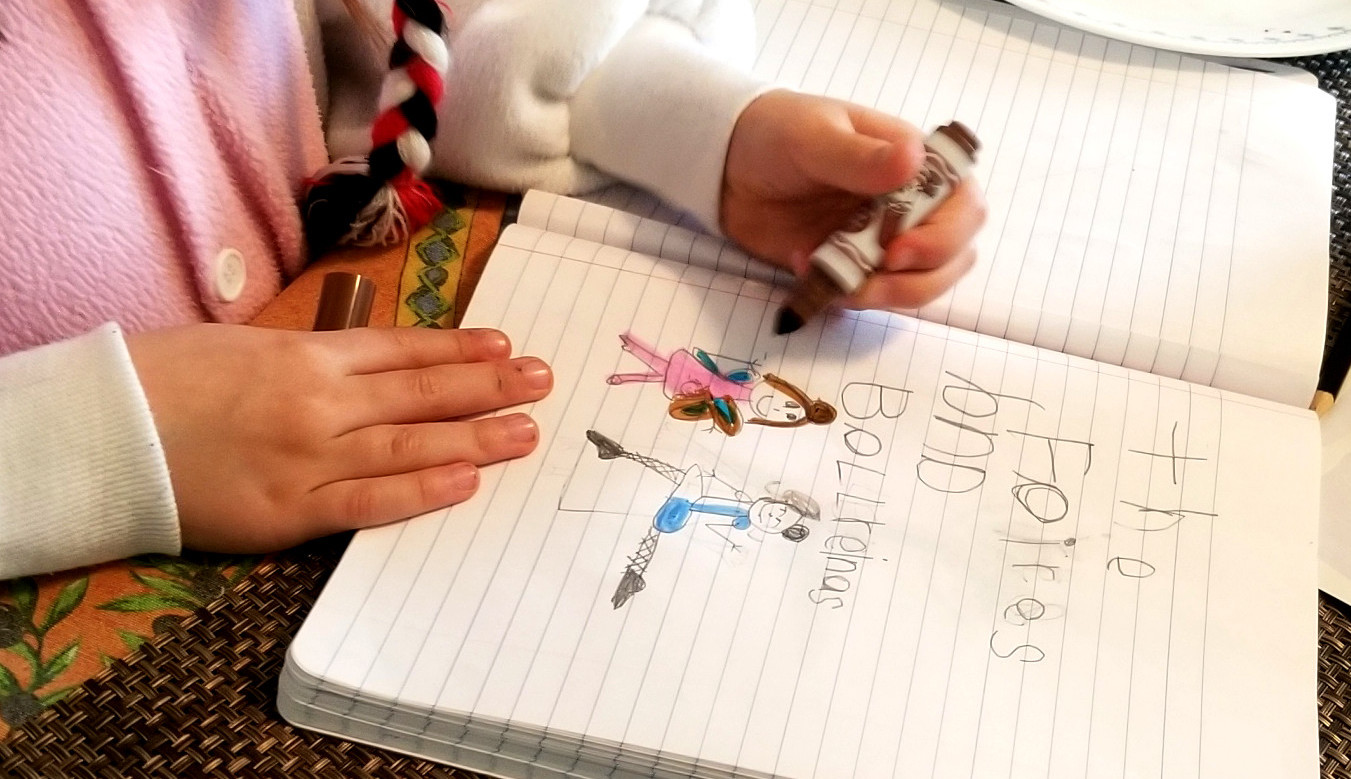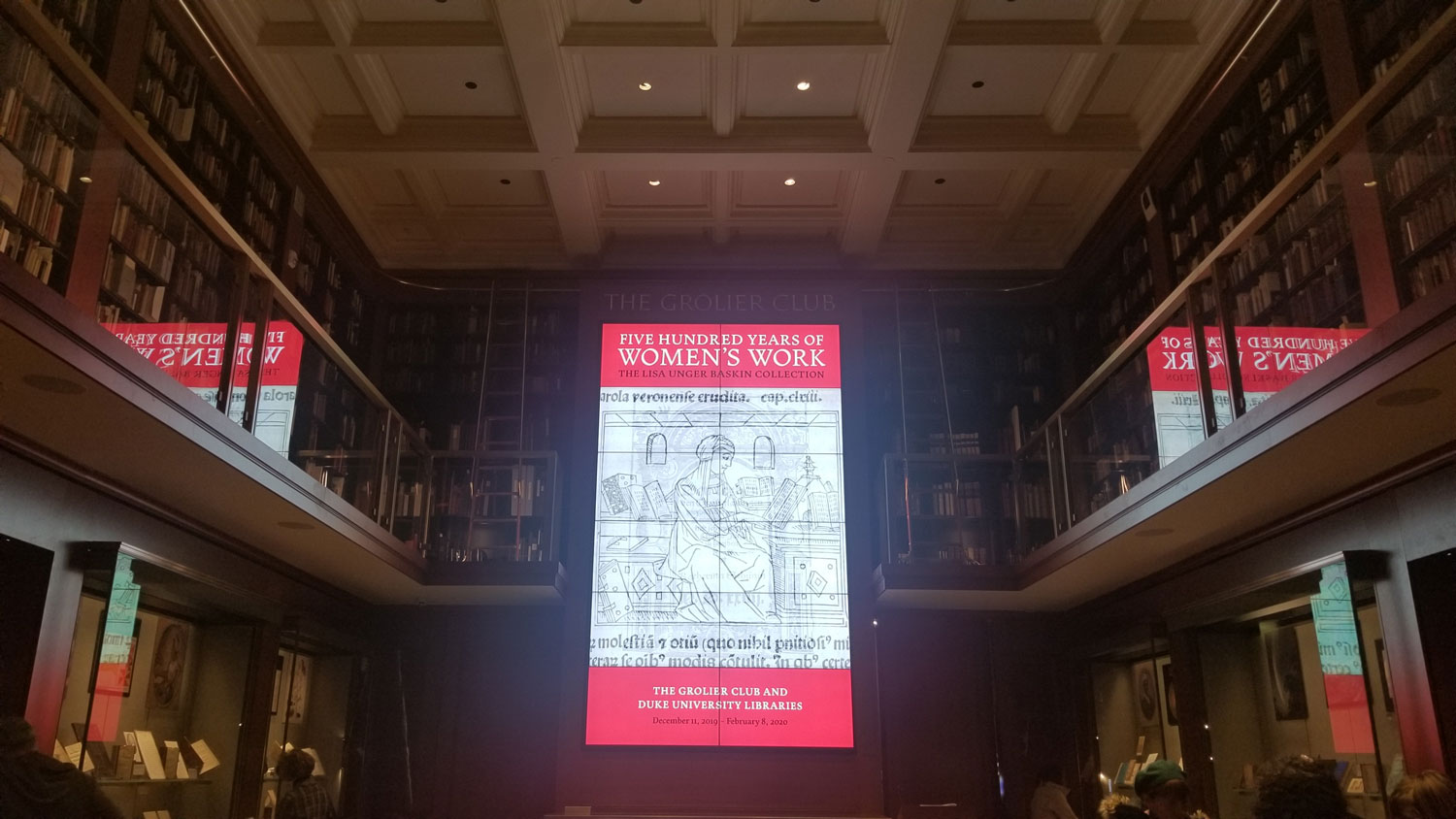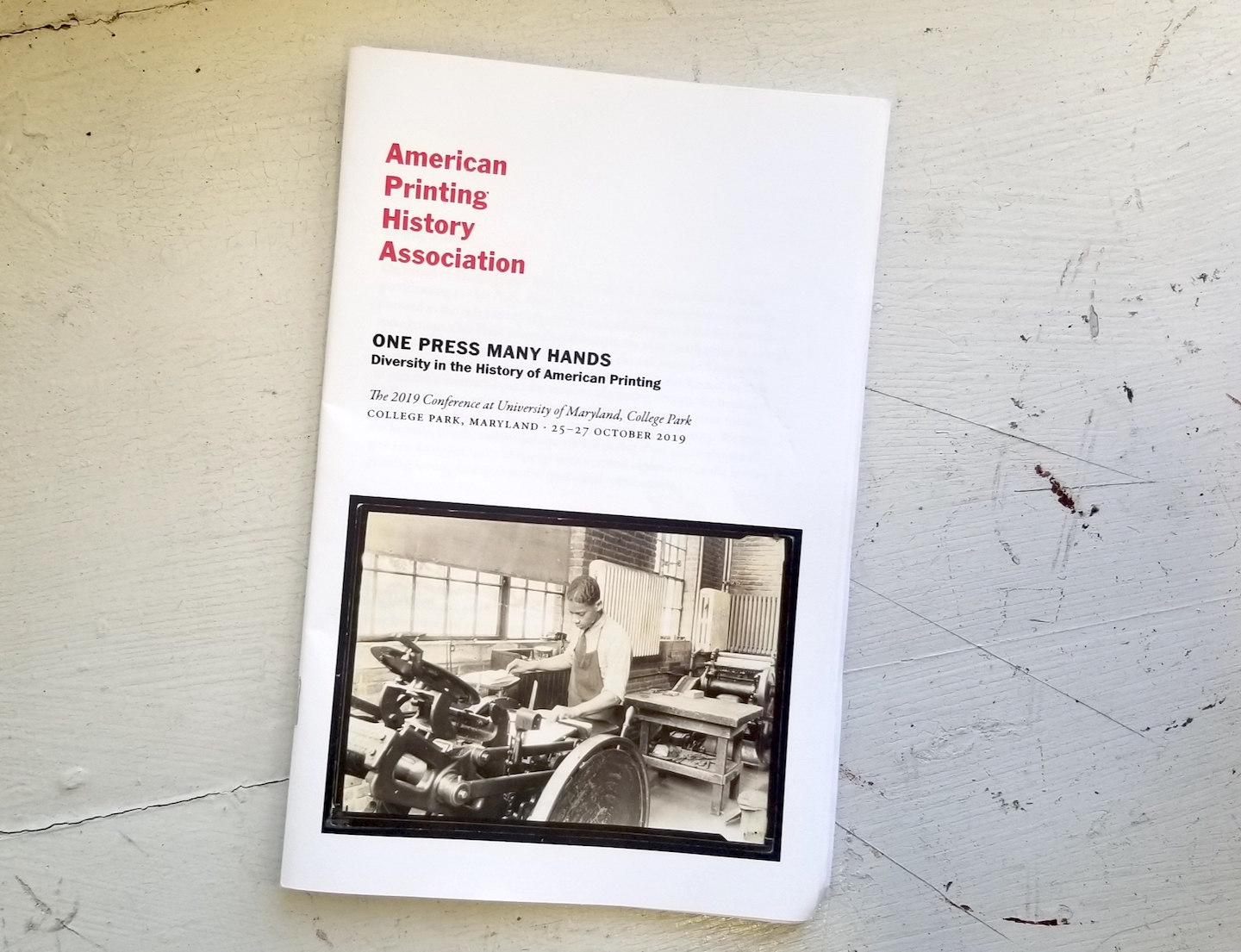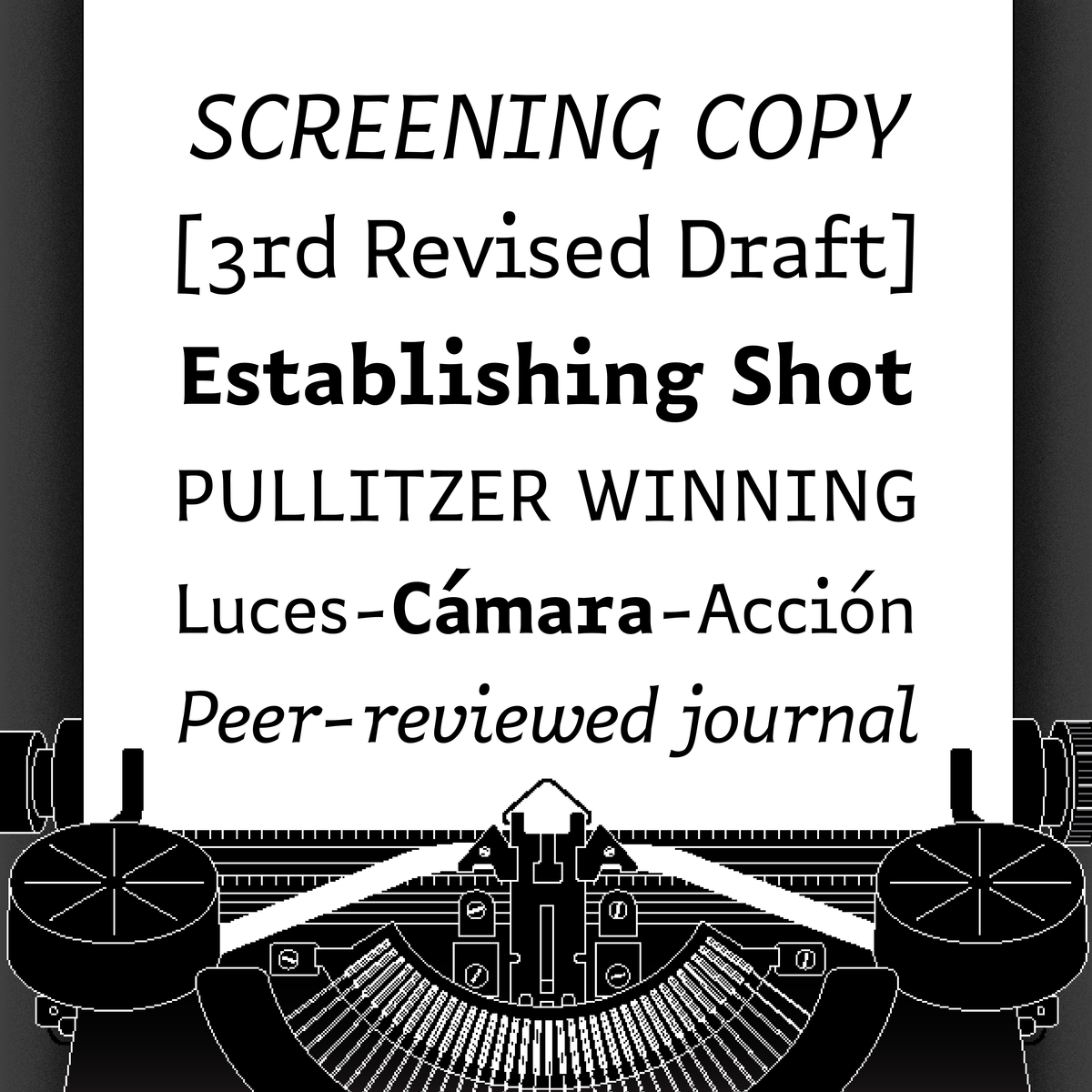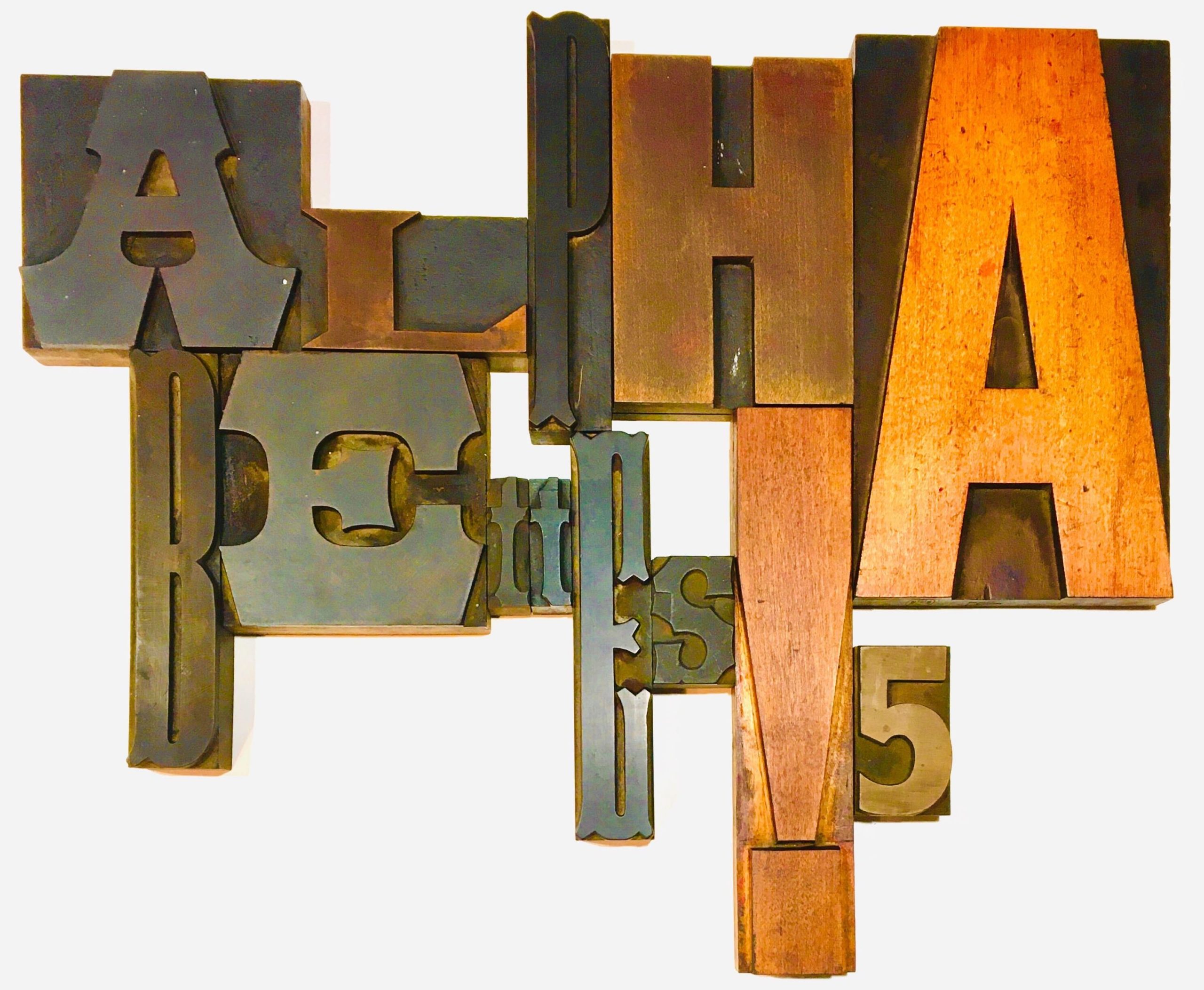
Wood type composition by Grendl Löfkvist
This September, we’re celebrating five years of Alphabettes. Five YEARS?! While the past six months feels like 20 years, it can’t be possible that we’ve been cultivating this tiny plot of the internet for that long, can it? And yet, here we are.
According to reliable sources like Grendl, a 5 year anniversary is celebrated with the gift of wood, to represent the durability of the relationship (psst, you might be seeing some wood type around these parts over the next month). Wood is durable, but it can also show signs of its natural aging process. Kind of like Alphabettes.
What is Alphabettes, anyway? I ask myself that question everyday.
Alphabettes is a disorganized group of (sometimes) loud and (always) opinionated women who share a love of type and lettering. We respect the diverse lived experiences of women in our industry and we can continue to do better to honor and celebrate this. At its roots, Alphabettes supports and promotes the work of all women in type even if everyone doesn’t agree with what we publish or how we (dis)organize ourselves.
Alphabettes is built on the stamina of its contributors. We tend to favor spontaneity over perfection. Sometimes, what we do doesn’t live up to expectations. Sometimes (A LOT of time) we disagree. Some people would like to see us more organized, more transparent, more scholarly, or more conventional. It’s never been perfect but here’s the rub: Alphabettes currently has no sponsors, no membership fees, no budget, no heavy-handed editorial policies, and no hierarchies. There are no profit margins to meet, no board members to appease, and no silent benefactors to placate. Despite this (or perhaps because of this?), a lot of good things have come out of the mix:
• Since 2016, the Alphabettes Mentorship program has helped connect hundreds of professionals with newcomers in the type world. Kudos to Liron Lavi Turkenich, Shani Avni, Eleni Beveratou, Veronika Burian, Katy Mawhood, and everyone else throughout the years (especially Bianca Berning and Isabel Urbina Peña, who started it) has built this amazing initiative.
• Alphacrit has offered over 10 sessions in the past two years for newcomers to have in-progress work critiqued by two seasoned professionals. Nicole Dotin steers the formidable boat (shout-out to co-founder emeritus, Luisa Baeta) with a wonderful crew of volunteers including Sol Matas, Tanya Maria George, Vitória Neves, Tamye Riggs, Lila Symons, and Tânia Raposo.
• Since 2015, this fine blog you’re reading has published over 300 articles on type and lettering, industry commentary, research in the field, interviews with experts, quite a few series, and has featured nearly 130 headers by women in the type fields. Phew! It’s impossible to name every person who has written, edited, reviewed, code-tweaked, cheerleaded, or contributed to this effort. Big thanks to Elena Schneider who seamlessly ensures the header updates every other Thursday forever and ever.
• We’ve hosted several live, quasi-chaotic events through the years, including three editions of the Alphabettes Variety Show at the Typographics conference in NYC and the global 24-hour Hangout.
• Our Instagram feed is taken over each week (or so 😬) by a member of the Alphabettes network, featuring their work, research or things that inspire them.
• Sometimes we get into good trouble on Twitter but hey, what’s Twitter for anyway?
• More women have spoken at type conferences and events in the past five years than ever before. We’ve done our best to respond to every request for speaker recommendations, to circulate calls for speakers within our network, and cheer on those who need the extra push.
• We adopted the 💌.
• Some more things I am probably forgetting because I, probably like you, haven’t slept much in six months.
What’s next for Alphabettes? Good question. The Mentorship Program and Alphacrit are going strong and who knows what other ideas we’ll think up in the future. Do you want to publish an article, submit a header or something else? Please get in touch. It’s hard to know when a labor of love has lost its spark or when to gracefully move on. Spontaneity and disorganization can come at a cost but, for now, this place is still worth it. Here’s to five years, and maybe, if we feel like it, five years more? Knock on wood 😘.
